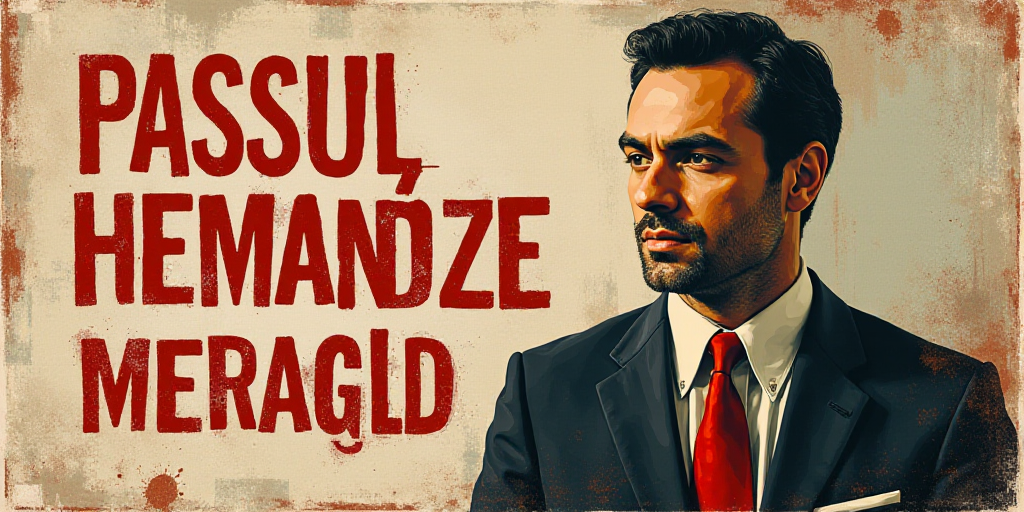The Evolution of Cultural Meaning and the Rise of Narcoculture
Originally, culture referred to the cultivation of one’s soul or mind. However, since the 18th century, its meaning has expanded into two primary interpretations: first, as a distinctive folkloric spirit representing an identity; second, as the development of spirituality. Today, the first meaning prevails, encompassing social behavior, institutions, and norms within societal fabrics.
Individual development is shaped by enculturation and socialization processes, manifesting in the cultural diversity of the universal society. A cultural norm sets acceptable or predominant behaviors within a community, guiding behavior, attire, language, and actions in specific contexts. It also serves as a model for social expectations or to signal belonging to a particular society.
UNESCO’s Perspective on Cultural Diversity
According to the UNESCO Declaration on Cultural Diversity, “culture comprises the spiritual and material features, intellectual and affective dimensions that characterize a society or social group, encompassing not only the arts and literature but also modes of life, ways of living together, value systems, traditions, and beliefs.”
Cultural Change Driven by Criminal Organizations
Cultural change is defined by the reconstruction, modification, or distortion of a preexisting cultural concept within a societal fabric. An illustrative case is the impact of criminal organizations, specifically drug cartels, whose influence has given rise to narcoculture.
Narcoculture: Origins, Influence, and Impact
Narcoculture represents an exposure to the world of drug trafficking, rooted in both criminal organization activities and collective imagination representations. Its consolidation as an international subculture, driven by globalization, has significantly impacted art, literature, cinema, television series, and various media forms like painting, sculpture, narratives, novels, press, documentaries, and popular music.
The genesis of narcoculture in Mexico dates back to the 1970s, marked by growing drug trafficking influence in northern states. However, in the last six years, extensive territorial and political control by drug trafficking organizations in Mexico is a result of the previous government’s actions and omissions, which facilitated narcoterrorism operations.
The Opulent Lifestyle and its Allure
The opulent, extravagant, and vulgar lifestyle enjoyed by crime syndicate members, financed by illicit resources from acts of violence such as robberies, dispossessions, murders, disappearances, forced community displacements, and extortion, has fostered a fascination among broad population segments. This allure facilitates the recruitment of young individuals into criminal ranks, including the infamous narcocorridos—a musical genre gaining prominence and acceptance.
Criminal Mindset’s Influence on Politics and Religion
The criminal mindset of drug trafficking promotes an image of power and impunity that has infiltrated politics, as observed by the U.S. president when stating that Mexico is governed by cartels. The criminal organizations have expanded their geographical dominance in electoral processes, and their influence is perceived in judicial reform. They also alter religious themes by establishing figures of veneration, exemplified by a well-known drug trafficker elevated to “El Santo de los Narcos,” whose prayers seek protection.
The Deterioration of Peace Culture
During the previous administration’s “transformation” period, the former president facilitated, through acquiescence, the expansion of criminal organization activities into terrorism, resulting in a Mexican reality marked by severe deterioration of the peace culture and a kaleidoscope of crimes.
Censorship Concerns
Despite the notable popularity of narcocorridos, various governmental bodies have announced censorship and punitive policies to combat drug trafficking influence and protect the “good and wise people” from the inherent ideology of this musical genre.
Ignoring Historical Context
It seems to be overlooked that in Mexico’s national history, corridos, boleros, and other popular music genres have served as an unofficial chronicle of the prevailing social reality, its crises, and prominent figures of each era—politicians, caudillos, guerrillas, and bandits, some of whom have been idealized or enalteced.
Targeting the Root Cause
Evidently, the desirable goal is to reduce and eliminate the cause—narcotráfico and government acquiescence to cartels’ existence and activities, not the cultural expressions.
Rescuing Peace Culture and Societal Fabric
The urgent need is to rescue the peace culture and societal fabric.






